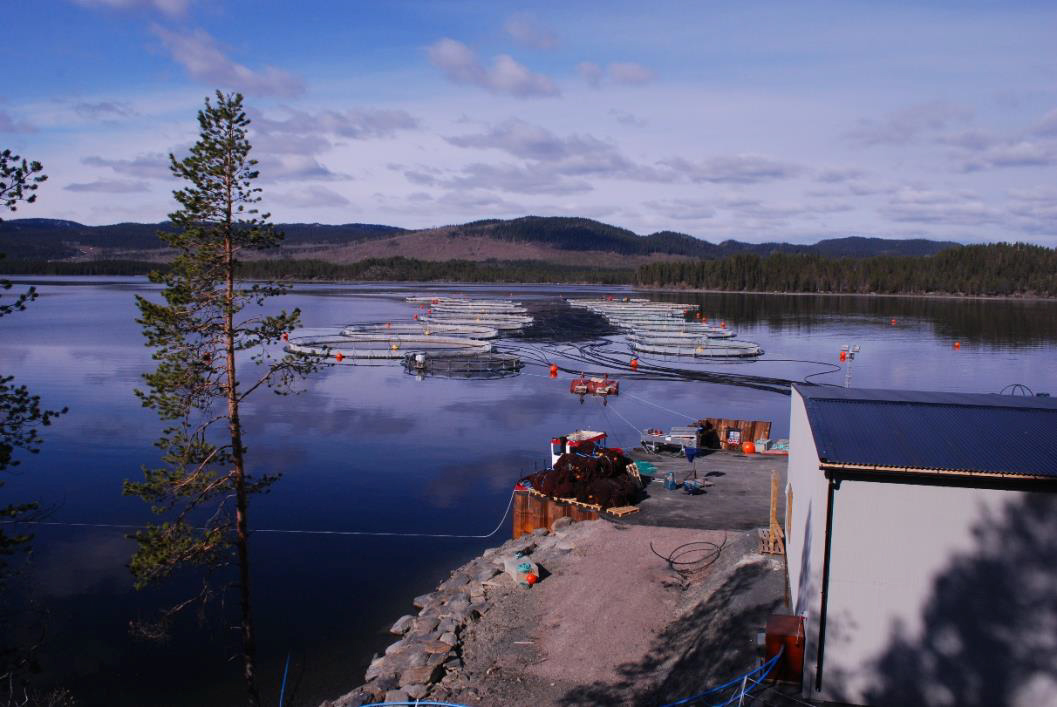Contact
Department of Applied Animal Science and Welfare, Aquakultur

A new report from SLU describes aquaculture in Sweden and globally. What different production systems are used, what do they look like and what are their advantages and disadvantages? Which species are used and how large are the volumes involved and are there any challenges? This report aims to facilitate communication about aquaculture by clarifying the various terms used, as well as providing an overall picture of the subject area and its history.
The term aquaculture refers to the rearing or cultivation of aquatic organisms in water using techniques designed to increase the production of the organisms in question beyond the natural capacity of the environment.
FAO estimates that today we cultivate almost 700 species in aquaculture, although the bulk of the volume comes from a few species. Aquaculture has become an increasingly important source of providing fish and shellfish for consumption and for release into the wild. This is because the world's total fish and shellfish harvest is currently close to or above sustainable exploitation limits, while the global human consumption of fish and shellfish has doubled in recent decades.
Aquaculture can be carried out in facilities on land, in land-based farms, and in water bodies, such as oceans, lakes, ponds and streams. Important prerequisites for aquaculture are that water quality, salinity, pH value, temperature, nutrient supply and light are adapted to the cultured species.
One of the goals of this report is to create a universal classification and clarify the concepts, so that producers, researchers and authorities mean the same thing when they communicate on the subject of aquaculture. The goal is also to provide an overall summary within the subject and also give a historical retrospective.
The report is in Swedish and is written by Anders Kiessling, SLU and Wenche Hansen, Matfiskodlarna Sverige AB. It contains many color images showing different production systems and technical solutions.
Read the report Akvakultur i Världen och i Sverige – produktionssystem, arter och volymer (pdf, abstract in English)
(May be published freely in connection with articles about this news, photographer must be specified).

Caption: One of Sweden's largest box farms for rainbow trout located in Ströms-Vattudal, a Jämtland power plant warehouse.
Photographer: Anders Kiessling.
High resolution image file (jpg, 4 Mb)